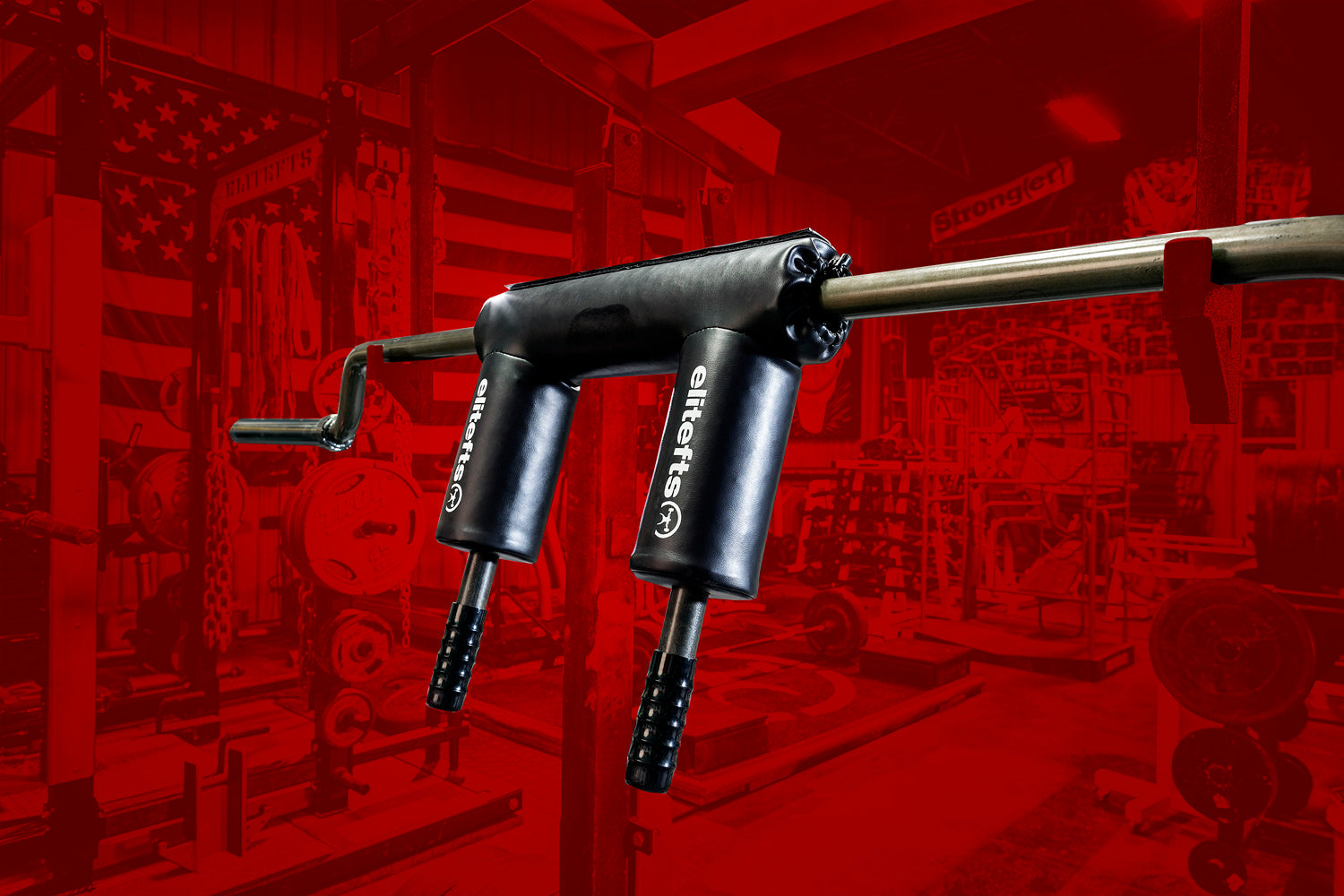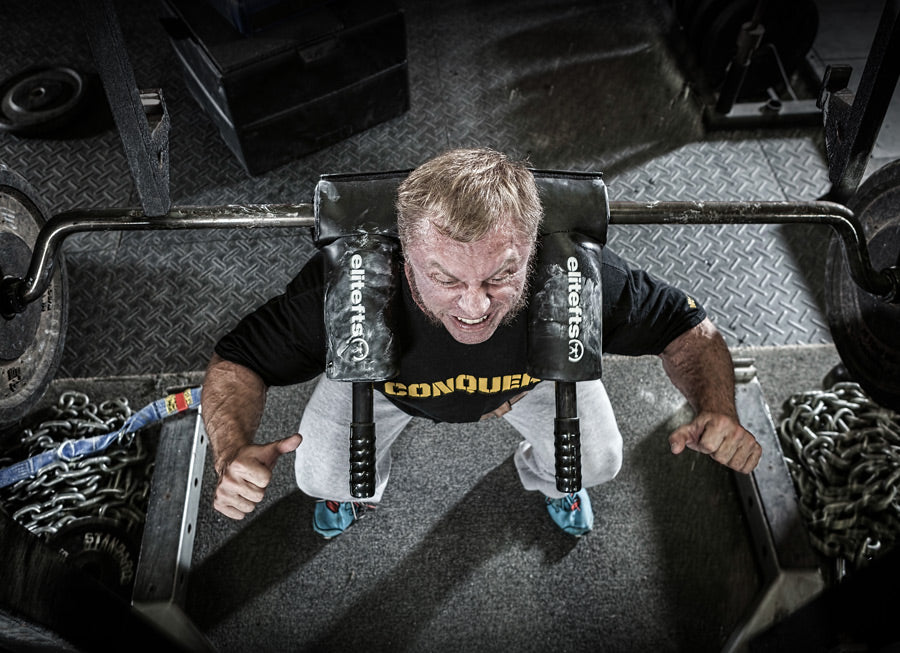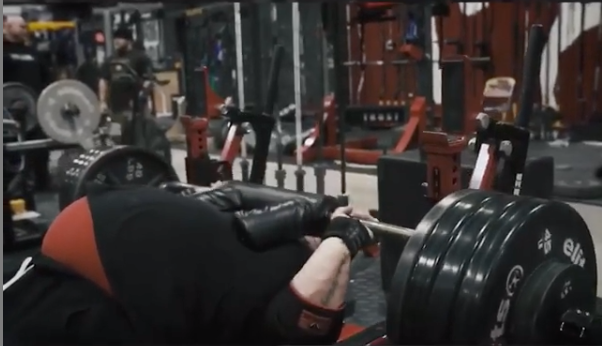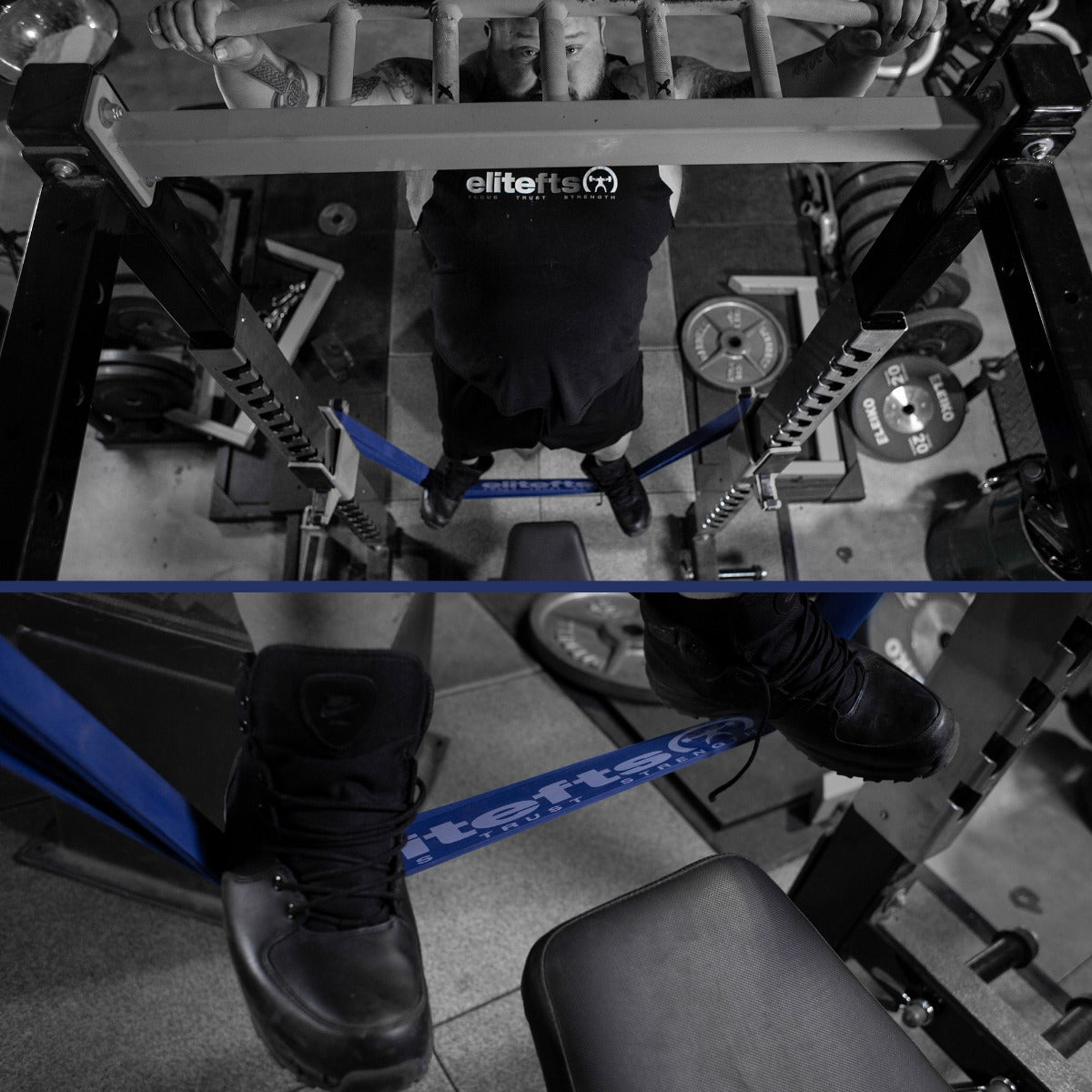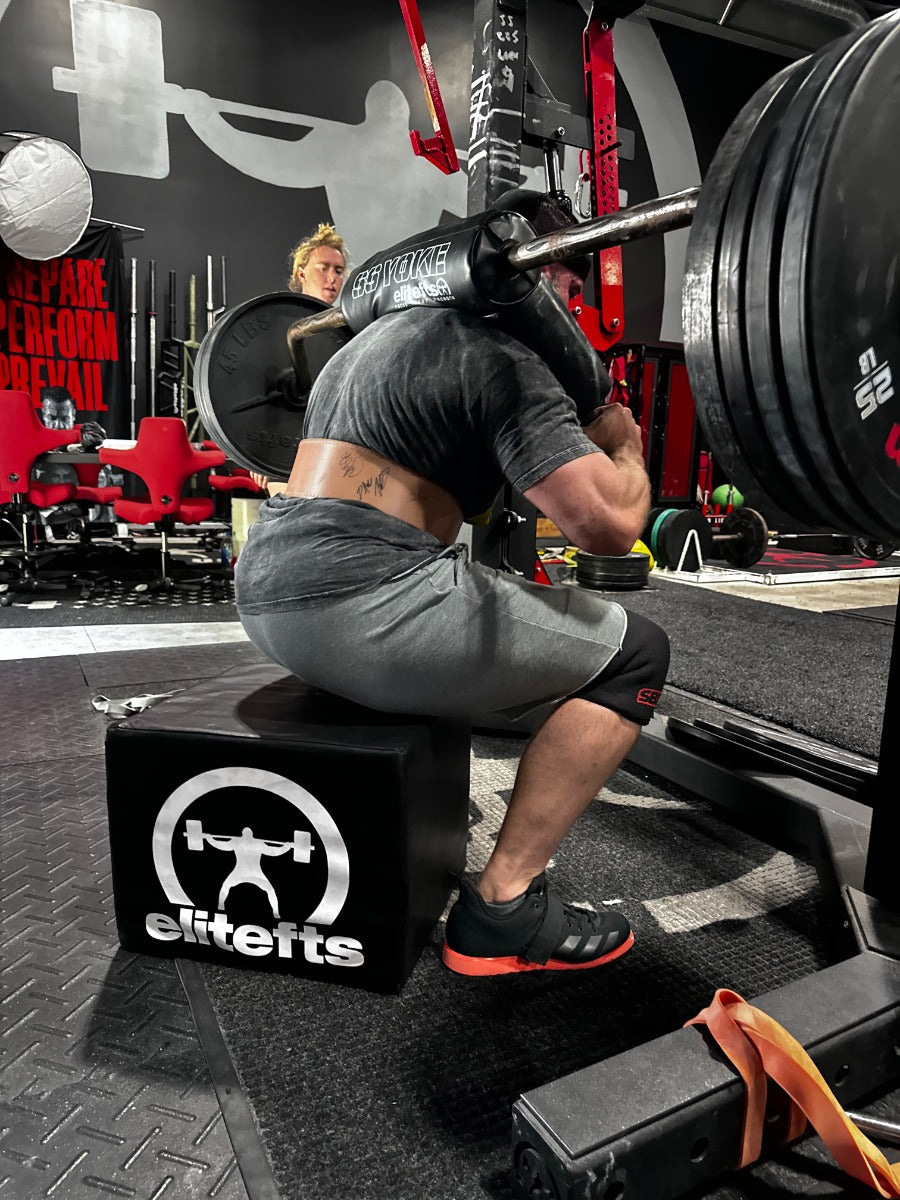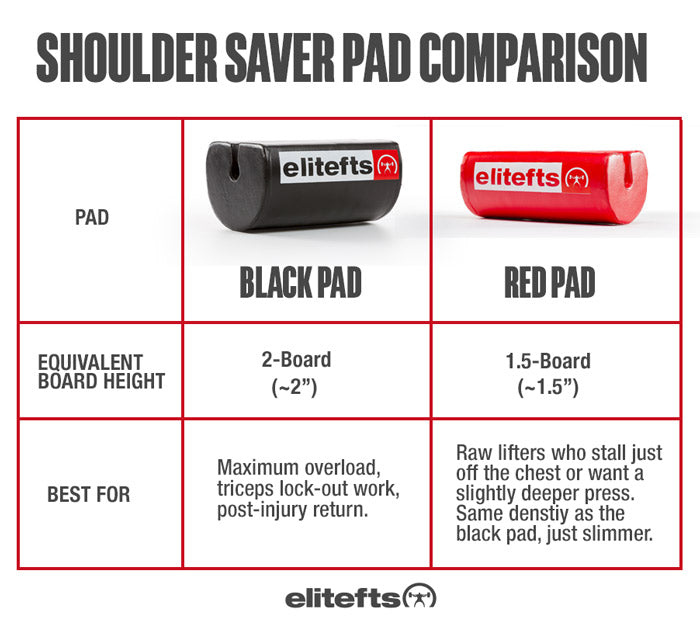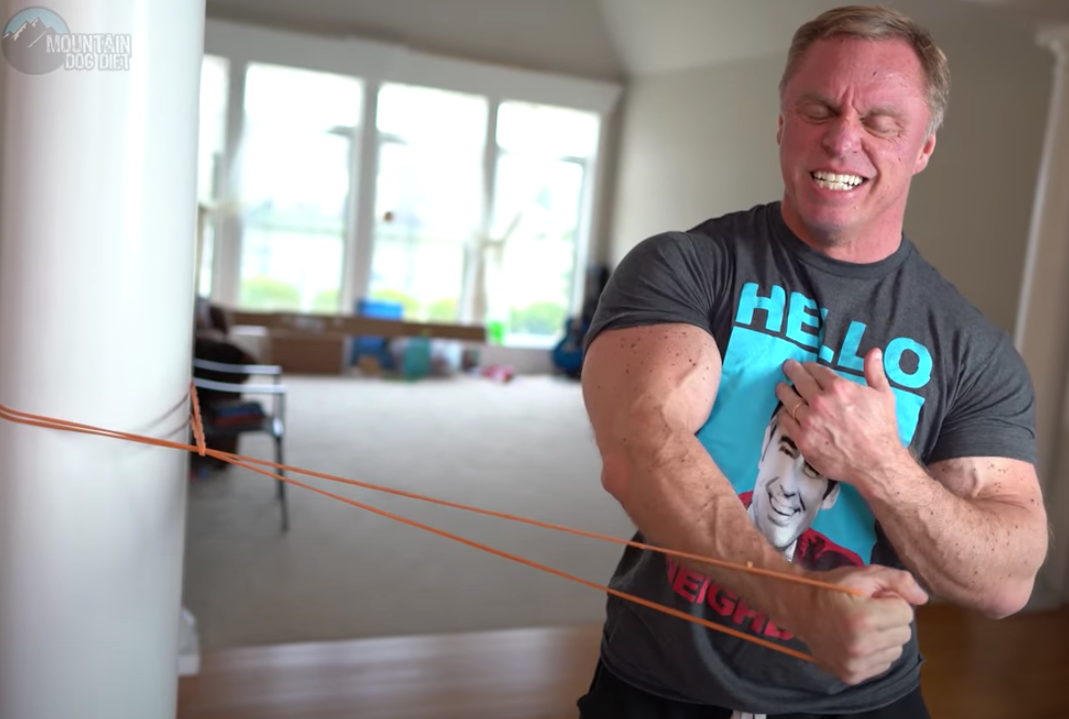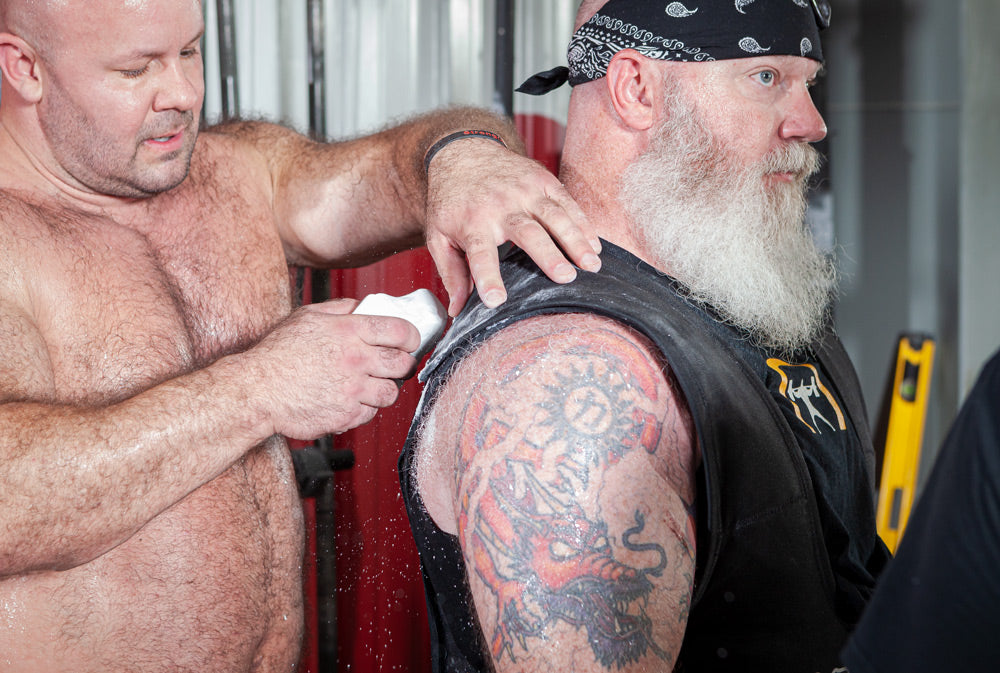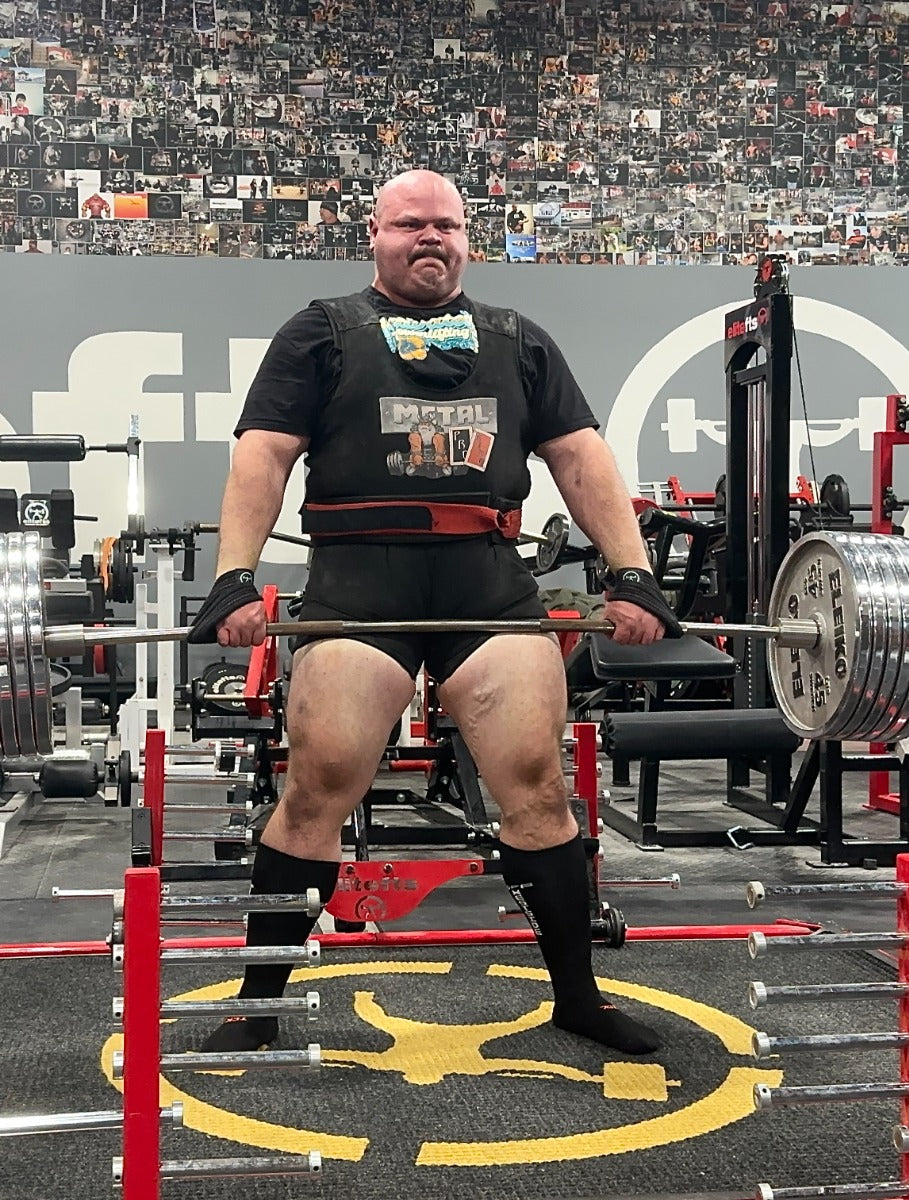As I have aged, I've gotten sexier. However, this coach log isn't about that. As I have aged, I have also become smarter with my training so that I can avoid injuries while still progressing in the gym. As much as I could go on and on about the former, you would probably prefer to hear about the latter.
At some point in the last 10 years or so (I can't recall the exact point because I can't even recall what I
ate for breakfast), I realized that it just wasn't going to be a good idea to try to progress past my top strength levels. It wasn't because I didn't want to; it was due to the fact that I was tired of injuries and I had to accept that strength gains aren't infinite. Thankfully, strength progression is not the only stimulus for muscle growth. I know some of you will find that statement blasphemous, but I have proven this time and time again with myself and with plenty of clients for years.
Now, let's be clear so that I don't get flamed in the comments: I am not saying that I can't progress in
strength. I can and I do. I am simply stating that strength progression is not my top priority for hypertrophy, anymore. If you get mad at me as you read this coach log, please refer back to this statement before you blast away at the keyboard telling me how stupid I am.
I don't want to get off on a tangent or seem discursive, but I do want to point out that I primarily use 2
main training techniques that I feel are every bit as good as strength progression for hypertrophy—especially within the older demographic of bodybuilders.
1. Training To Failure
I don’t like ambiguity. In fact, it makes me anxious (we all have our shit). Training to failure is very black and white and I’m a black-and-white guy. You either train to failure or you don’t; there is no in between. I have tried the reps-in-reserve “stuff” and I hated it (two snaps up—you either get the reference or you don’t). How in the hell am I supposed to know how many reps to leave in the tank when I don’t know how many reps I can get until I try?
2. Time Under Tension
An example would be slowing down reps so that it takes more time to do 10 reps with 315 for an exercise than it did to do 10 reps with 315 last time.
Both of the above methods are two great ways to provide a stimulus that the body is not accustomed to and that means the body has to adapt—provided recovery, sleep, nutrition, and hormones are optimized.
The potential for injury is significantly lower by using these two methods vs simply seeing how much you can progress in strength over time. This is, of course, assuming that proper warm ups are done and form is excellent, and both of those things should happen no matter what your style of training.
Now, let’s go back to the topic of strength progression because even though strength progression is not the top priority, it still needs to happen. It just needs to happen much slower than most people think it does. I am going to give you an example of how I have progressed in strength for an exercise over the last few weeks by using an example below. The exercise and weights have been changed to look far more impressive than my actual weights right now.
Barbell Curls:
4 weeks ago, I did 225x15 for my first set and 245x10 for my second set. I always shoot for 15 reps on my first working set of each exercise. Both sets were to failure. I will rarely drop below 10 reps on anything as I consider that my “basement” for reps. Anything below that and I feel that the risk of injury is significantly higher.
The following week I opened with 225 and slowed the reps down by increasing TUT. I still got 15 reps so I consider that progress from the week before. I then did 245 but I didn’t slow them down (they were still controlled and with great form, but I kept the rep tempo that I used the week before for 245). I managed 14 reps to failure.
The week after that, I opened with 235x15 with regular rep tempo, and then hit 245x15 with regular rep tempo. You might be wondering how I got exactly 15 reps on both sets if I am truly training those sets to failure. As I close in on 15 reps, I have a pretty damn good idea what the effort is going to be to get that 15th rep. If I feel that I might get it a little easier when I’m at 12 or 13 reps—to the point where I could probably get 16 or maybe 17 reps—I will slow the last few reps down to make them harder so that I hit failure at 15 reps.
Last week (the 4th week), I opened with 245 but only got 12 reps because I slowed the reps down (increased TUT) due to getting 15 reps last week at regular tempo. I could have opened higher but I don’t want to do that if I can stay at the same weight and increase TUT. It’s safer for me. I then went to 255x10 at regular rep-tempo. I was comfortable going up in weight by 10 pounds because it was the second working set (plenty warm) vs doing 255 as my first working set. Yes, I could have gotten more reps had I opened with it, but I also would have increased the risk of injury, as well.
This is just one example of my thought process in reference to increasing intensity, increasing strength, and working to remain injury free. Take me back 20 years to when I was in my early 30s and bet your ass I would be willing to gamble a bit more. No one wants a torn biceps but at least if I tore it at 33, taking 6-12 months off is nothing like having to take 6-12 months off to recover when you’re 53. As much as I hate to admit it, I don’t have much “healthy” gym time left. It could be another 10-15 years, if I am lucky and can remain relatively injury-free. In all likelihood, it’s more like 5-8 years and that’s still if I’m lucky. I am quite clear that for every year that passes now, I’m less likely to maintain a good physique. However, you can bet your ass I’m going down fighting. I will train as long and hard as I possibly can.
If you are looking for the best knee sleeves in the industry, click the link below:
https://www.elitefts.com/shop/power-gear/knee-sleeves.html


























